We turned the wall of his bedroom into a map, taping up big sheets of artist’s paper from an old class, shoving piles of books and unwashed dishes and dirty underwear and two scuffed snowboards out of the way to make room. He transferred our notebook sketches to the wall and we filled in the rest from memory. It was imperfect, because stairs down there ran up and down and the wall was flat, and also because the hallways twisted at weird angles and we didn’t have surveying equipment to sort them out. But it was a start.
It was also painfully incomplete. There were dozens of doors we’d never tried, branches and halls we’d only glanced down. And almost everything we had seen split off from that single hall off the big room, the one we’d tried on a whim our first time down. Other than peering around the first couple corners, we hadn’t explored the other four halls at all.
Niko swept a hand across all the empty space. “We’re fucked.”
“Look,” I countered, “we know the other versions of us found a key, somewhere. And we also know the two sides are staying almost exactly in sync. Close enough to spill coffee the same way.”
“Not close enough to leave the same fucking note.”
“Still,” I pressed on, “that means the key can’t be too well-hidden. We could have almost found it, walked right past it. Maybe the only difference was a momentary decision about which door to go through, what wall to glance at.”
“Doesn’t matter.” He stirred his coffee, morose, and sat it down to cool on his dresser, next to a half-empty older mug growing a skim of mold. “The other me already got to the key on this side and took it through with him. There’s no key left to find.”
“We don’t know that. And besides, we have no idea what else might be down there. We need to keep looking.”
He rubbed a hand through his hair, a familiar gesture, but he looked changed. His eyes were getting sunken, from lack of sleep or some more worrisome deficiency. His face, so often laughing, hadn’t smiled in days.
“Synchronicity,” he said. “That’s the problem.”
“How do you mean?”
“I think we’re getting out of sync with them. Day by day, decision by decision, we’re losing our lockstep. And the farther out of sync we drift, the harder it gets to go back.”
“Speculation,” I said, tired.
“And the deeper,” he pressed on, “the deeper we’ll have to go to find another way through.”
“Bullshit.” But I didn’t have energy to argue with him. Clearly, we couldn’t solve anything from up here. We needed to go back down. We had to fill in the blank spaces on that map.
Our first Expedition departed the next morning. With a capital E, Niko said, to show we were taking this shit seriously now. We had backpacks, trail mix and energy bars, lots of flashlights and batteries, twine, spray paint, a compass, graph paper, whistles, and rope. Despite everything, I think the prep got us fired up a bit. If answers were down there, we’d find them. We skipped class and I called in sick to work, and we both agreed if necessary we’d do the same tomorrow, and the next day. Finding a way back was top priority.
“They’re not our grades anyway,” Niko said with a smirk. I sensed a slippery slope here vis a vis morality and nihilism, but I wasn’t in the mood to debate philosophy with him. I wanted to move. To delve. Find some answers.
We chose one of the unexplored halls off the big room, and decided to explore as much of it as we could, until we’d mapped it all or got too tired to keep going. We picked the one at the far end of the room, opposite the stairs back up. Right away we found something different.
The first few twists and turns were the same as the rest of the top level: carpet, wall sconces, scuffed doors. But after a short and confusing snarl of hallways and tiny rooms, the floorplan opened up into an area with brighter lights in the sconces, and longer, straighter hallways.
Except some of them went straight down.
We stood at the lip of one of these pits and stared over the edge. It looked just like someone had taken a regular hallway and stood it on end. The brown carpet went right over the lip and continued straight down, passing sideways doors, sideways wall sconces. Maybe seventy or eighty feet down, it hit a carpeted bottom and leveled out again, branching in opposite horizontal directions. The pit filled the exact center of a junction; we could step around the corners into hallways leading off in the three other directions from the one we’d arrived. It was a five-way intersection, all at right-angles.
A couple dozen paces down one of those halls was another pit.
“What is this,” Niko sighed, “challenge mode?”
You don’t think of an average basement hallway as treacherous, but clutching the corner and peering vertiginously down, the pit looked as unscalable as the Matterhorn. There was nothing to get a grip on, except the doorways every twenty feet or so. Clearly we couldn’t get down without climbing gear, nor come back up without it either.
If you fell... if you got stuck down there...
We stepped carefully around the pit (which was awkward and terrifying because it came right up to the ninety-degree edge of the wall) and kept exploring on the same level. But the pits were everywhere. Each horizontal hall would dead end sooner or later, and the side rooms were all small and empty. Some of them had hallway pits, too, leading down from their exact center. After an hour we’d mapped out everything we could get to without a climbing harness. Other than going back to the big room, there was no way forward except eleven pits, each at least fifty feet deep.
“Maybe difficult is good.” Niko perked up. “This is the first thing we’ve had to work for. Maybe it means there’s something interesting down there.”
“Or maybe one of those other halls leads to a room filled floor to ceiling with keys. No point guessing.”
We went back to explore one of the other halls—we didn’t have much choice—and that one had something different, too. About half the doors led not to rooms, but to crawlways.
They were those half-sized doors you find sometimes that open onto water heaters or the electric meter in your house. Flush with the floor and about three-and-a-half feet tall, they opened onto similarly miniaturized corridors, snaking off in two directions for a dozen feet with T-junctions at each end.
Niko leaned casually against the door and poked his head inside the first one with a suave expression. “Hey,” he said to the crawlway, “How you doin’?”
We figured out pretty quick it was a maze.
You could stoop-walk, but crawling on all fours was a lot more comfortable. (For me, at least. Niko kept bumping his head and swearing.) The tiny hallways branched and split constantly, keeping to neat ninety-degree angles. Those ever-present wall sconces remained brightly lit, but the crawlway never went the same direction for long. Doors were scarce, and they all led back to normal-sized halls.
Once we realized how easy it would be to get lost, we retraced our steps and sat panting by the entrance.
“Promising,” Niko said. “They’re making us work for it.”
“There’s no ‘they,’” I said automatically, mostly because I didn’t want to think about it. “And it’s the same problem again. We can’t risk getting lost down here.”
“But this is easier, man. We don’t need specialized equipment. Just some way to leave a path. Hansel and Gretel, like you said.”
Or maybe Ariadne. I had a ball of twine in my pack, so we settled for a simple solution: tying one end to my ankle, and the other around the half-door’s knob. After some deliberation, we decided to keep our packs on, despite the awkwardness of crawling the tunnels with them. Having girded ourselves with stuff, we felt naked without it now.
We set off to map.
It wasn’t long before we realized the crawlways accounted for an oddity in our mapmaking. If you look at the blueprint of a normal house, it’s economical with space. Rooms and closets and halls fit neatly into each other like well-stacked Tetris pieces. Downstairs was not like that. Large swaths of empty space surrounded most of the rooms. Hallways went farther than they needed to, adjacent to nothing. Niko’d talked about bringing a sledgehammer down and breaking through one to see what was behind it—but now we had an idea. The maze of crawlways filled up the emptiness behind the walls. Not in any logical or sensible way, though. As we started mapping them out in a notebook, I remembered the graph paper mazes I used to draw in school. A crawlway would wrap around the outlines of what must have been a room, then double back and wrap around itself again. Sometimes a bunch of branches would split off from a small area. There were dead ends. We had no sense of whether we were on the edge of the thing, near the center, or if the geography even had a regular enough shape for those terms to signify.
We’d figured all this out without actually moving too much, comparing what we’d seen to our map. Niko developed a plan to push toward a direction where we thought there should be lots of empty space, and find out whether the crawlways filled that up too.
What happened next caught us completely unprepared.
We’d started crawling in a promising direction. I’d begun to feel almost cheerful: we were solving the mystery, peeling back this place’s secrets. Surely it was only a matter of time before we found a way back home.
Something yanked my ankle from behind.
This is just one way the story can go. In the final version of Subcutanean, no two stories will ever be quite the same. Find out more at https://igg.me/at/subcutanean

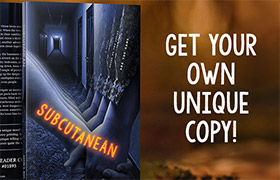
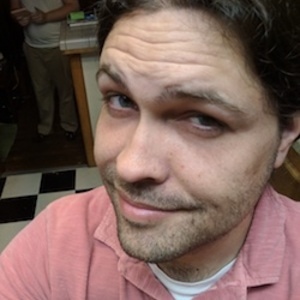

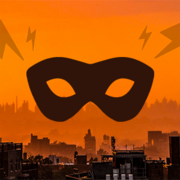
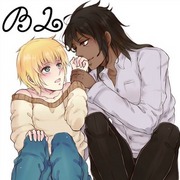



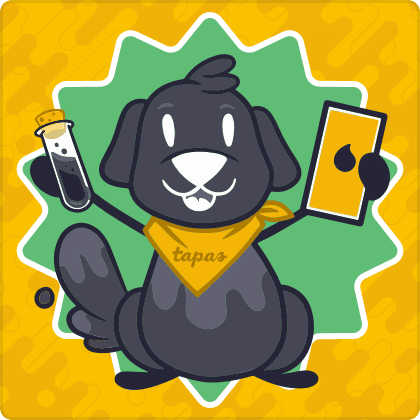
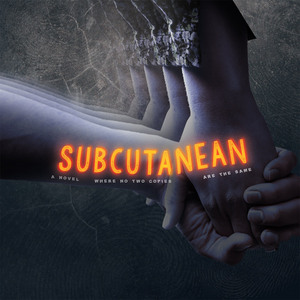
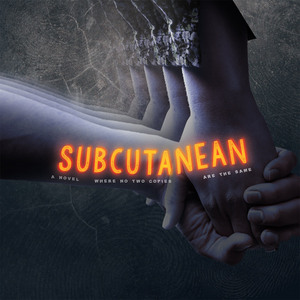
Comments (0)
See all